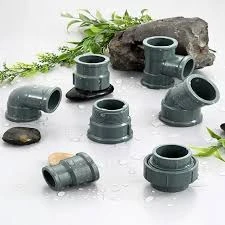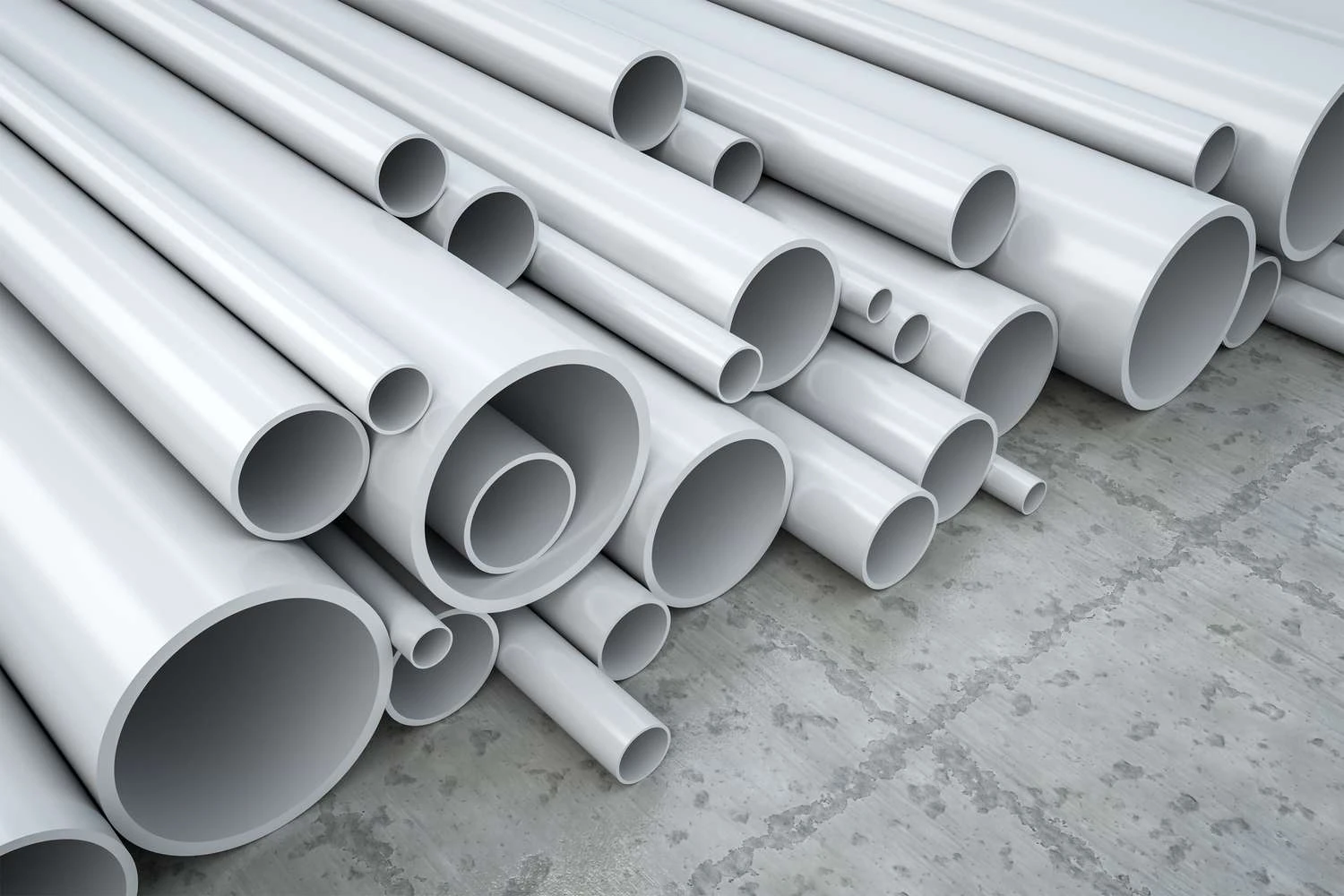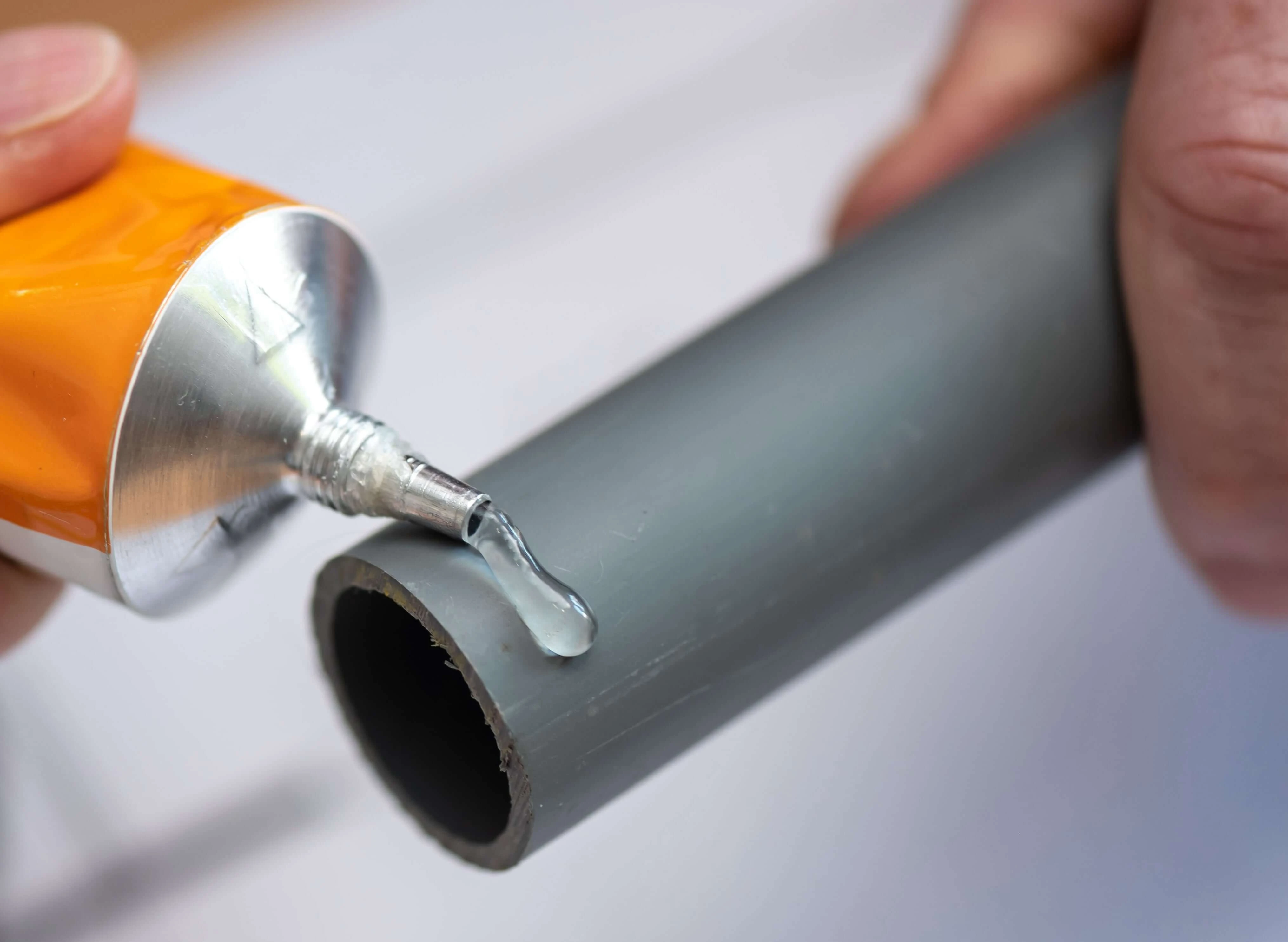Introduce PVC Pipe
PVC pipes DIN have long been a staple in plumbing and drainage systems due to their durability and low cost. However, architects and designers are now exploring innovative ways to repurpose these pipes for sustainable and affordable architectural solutions. By leveraging their versatility, PVC Pipe DIN can contribute to eco-friendly building practices and cost-effective design solutions.
PVC Pipes in Structural Applications
Framework and Supports
One of the most exciting uses of PVC pipes DIN in architecture is their application in structural frameworks. PVC’s lightweight nature and strength make it an ideal material for building frameworks and supports. This can include:
- Temporary Structures: Ideal for event spaces or temporary installations, where lightweight and easy-to-assemble frameworks are needed.
- Affordable Housing: PVC pipes can be used in low-cost housing projects to create strong, lightweight, and easily assembled structures.
Lightweight and Durable Structures
PVC pipes are particularly valuable in creating lightweight yet durable structures. They can be used to build:
- Canopies and Shelters: PVC pipes can support the weight of roofing materials or coverings, providing a cost-effective solution for public spaces or outdoor events.
- Bridges and Walkways: Small-scale pedestrian bridges and walkways can be constructed using PVC, offering an affordable and sturdy option for temporary or permanent installations.
PVC Pipes for Green Building Solutions
Rainwater Harvesting Systems
PVC pipes are excellent for rainwater harvesting systems, which are a key component of sustainable architecture. These systems can collect and store rainwater for various uses, such as irrigation and flushing toilets. The benefits include:
- Cost Efficiency: PVC pipes DIN are affordable and easy to install, making rainwater harvesting systems accessible for a wide range of projects.
- Environmental Impact: Using harvested rainwater reduces dependence on municipal water supplies and promotes sustainable water management.
Vertical Gardens and Green Walls
PVC pipes can be creatively used in vertical gardens and green walls, which are increasingly popular in sustainable building designs. They can serve as:
- Planter Systems: PVC pipes DIN can be cut and arranged to create vertical planters, allowing for efficient use of space and promoting urban greening.
- Irrigation Systems: Integrated into vertical gardens, PVC pipes can deliver water and nutrients directly to plant roots, enhancing plant growth and reducing water waste.
Creative Design Features Using PVC Pipes
Artistic Installations
PVC pipes DIN are not just functional; they can also be used for artistic and design purposes. Examples include:
- Sculptures and Installations: Designers have used PVC pipes to create large-scale sculptures and installations, adding a unique visual element to public spaces and exhibitions.
- Decorative Elements: PVC pipes can be incorporate into interior design as decorative elements, such as lighting fixtures or partition walls, offering a modern and industrial aesthetic.
Modular and Expandable Designs
The modular nature of PVC pipes DIN allows for expandable and flexible designs. This can be applied to:
- Modular Furniture: PVC pipes DIN can be use to create modular and customizable furniture, such as shelving units and seating arrangements, which can be easily reconfigure.
- Expandable Structures: PVC pipes can be use in structures that need to be easily expand or reconfigure, such as temporary housing or modular classrooms.
Cost-Effectiveness of PVC Pipes in Architecture
Affordable Material Choice
One of the main advantages of PVC pipes DIN is their affordability. They provide a cost-effective alternative to traditional building materials without compromising on performance or durability. This makes them an attractive option for:
- Low-Budget Projects: PVC pipes help reduce construction costs, making them suitable for low-budget housing and community projects.
- DIY Projects: Their ease of use and low cost make PVC pipes DIN a popular choice for DIY enthusiasts looking to build or modify structures affordably.
Low Maintenance and Longevity
They are resistant to corrosion, pests, and weathering, making them a durable choice for various architectural applications. This contributes to lower long-term maintenance costs and extended service life.

Case Studies
Innovative Projects Utilizing PVC Pipes
Several projects have successfully incorporated PVC pipes DIN into their designs, showcasing the material’s versatility and effectiveness. Examples include:
- Community Centers: Some community centers have used PVC pipes for both structural elements and creative design features, demonstrating their adaptability in public spaces.
- Educational Facilities: PVC pipes have been employe in schools and universities for modular classrooms and educational installations, providing affordable and flexible solutions.
Lessons Learned and Success Stories
These case studies highlight the potential of PVC pipes DIN to contribute to innovative and sustainable architecture. Key lessons include the importance of creative design and careful planning to maximize the benefits of this versatile material.
Challenges and Considerations Of PVC Pipe
Potential Limitations of PVC Pipes
Despite their advantages, PVC pipes DIN do have limitations. These include:
- Temperature Sensitivity: PVC pipes can become brittle at very low temperatures, which may affect their performance in extreme climates.
- Environmental Concerns: While PVC is recyclable, the production process can have environmental impacts. It’s important to balance the benefits with considerations for sustainability.
Best Practices for Implementation
To overcome these challenges, it is crucial to:
- Consider Climate: Ensure that PVC pipes DIN are suitable for the local climate and intended use.
- Implement Recycling: Utilize recycled PVC and promote recycling of used pipes to reduce environmental impact.
Future Trends in PVC Pipe Architecture
Advancements in Material Technology
The future of PVC pipe architecture includes advancements in material technology, such as:
- Enhanced Durability: Improvements in PVC formulations may enhance durability and performance.
- Innovative Designs: New manufacturing techniques could lead to even more creative and functional applications for PVC pipes.
Growing Popularity in Sustainable Design
As sustainability becomes increasingly important in architecture, the use of PVC Pipe DIN is expecte to grow. Their affordability, versatility, and potential for creative applications make them a valuable material in the pursuit of eco-friendly and cost-effective designs.
Conclusion
PVC Pipe DIN, often overlooked in traditional architecture, are proving to be a game-changer in sustainable and affordable design. Their innovative uses range from structural applications to creative design features, demonstrating their versatility and potential.
FAQs
What are the benefits of using PVC pipes in architecture?
PVC pipes are affordable, durable, and versatile, making them ideal for a range of architectural applications, from structural frameworks to creative design features.
How can PVC pipes be integrated into green building solutions?
PVC pipes can be use in rainwater harvesting systems and vertical gardens, contributing to sustainable building practices and efficient resource management.
Are there any environmental concerns with using PVC pipes?
While PVC pipes are recyclable, the production process can have environmental impacts. It’s important to consider these factors and promote recycling and sustainable practices.
How do PVC pipes compare to other materials in terms of cost?
PVC pipes are generally more affordable than many traditional building materials, making them a cost-effective option for various projects.
What are some examples of successful projects using PVC pipes?
Examples include community centers, modular classrooms, and artistic installations, all showcasing the versatility and effectiveness of PVC pipes in innovative architecture.


















